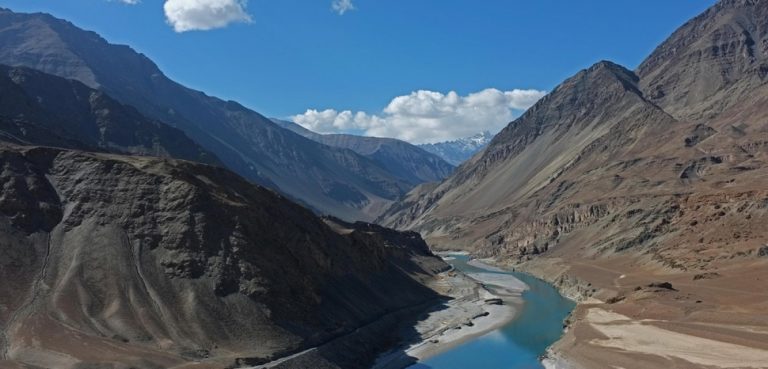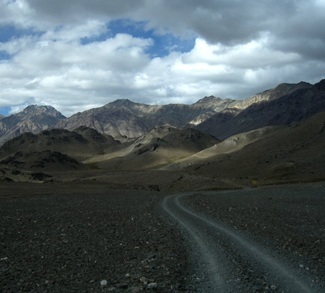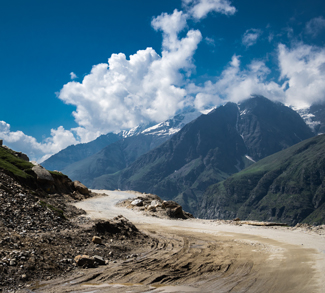Summary
It all started with PLA soldiers building a road on the Doklam Plateau, a stretch of disputed and highly-strategic territory where the borders of China, Bhutan, and India meet in the Himalayas. Indian soldiers responded by entering the plateau in June and forcing the construction crew to halt its work. Then Beijing chimed in, publically demanding that India withdraw from its “sovereign territory.” And now both sides are digging in militarily and diplomatically for the long haul.
It appears as though the Doklam Plateau will remain a geopolitical flashpoint for the foreseeable future.
Background
Why is the Doklam Plateau important?
The plateau has long been claimed by both Bhutan and China. It occupies a highly strategic position above the Siliguri Corridor, or “chicken’s neck,” which connects India’s northeast to the rest of the country. If China were to build transport and, eventually, military infrastructure, the plateau would serve as an ideal launching point for an invasion that would effectively divide India into two.
The Doklam Plateau standoff also serves to probe India’s bilateral relationship with Bhutan. India inherited Bhutan’s protectorate status from the United Kingdom in 1947, and their bilateral relationship was overhauled in 2007 with the India-Bhutan Treaty of Friendship, which forbid “the use of territory for activities harmful to the national interests… of the other.” India is also pledged to the defense of Bhutan should a war break out.




